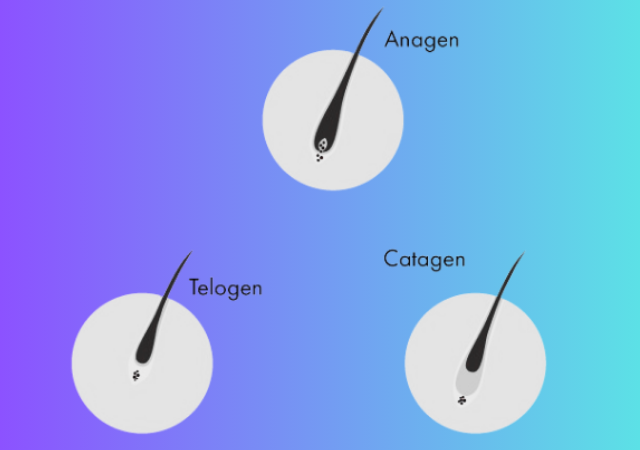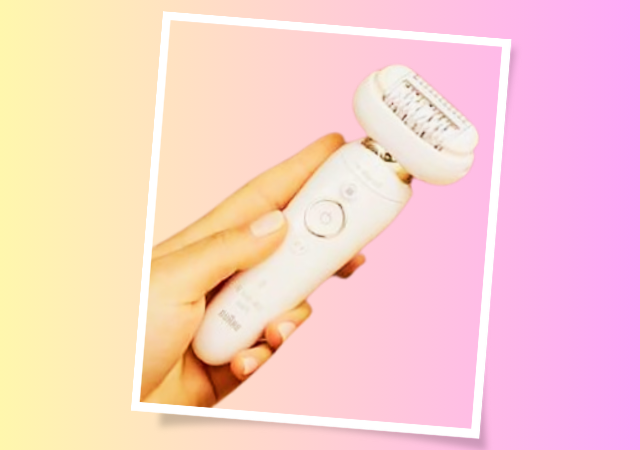The Science Behind How Epilators Work to Remove Hair from the Root
Introduction
The quest for effective and lasting hair removal has driven technological advancements, and among the innovative solutions is the epilator. In this exploration of “The Science Behind How Epilators Work to Remove Hair from the Root,” we delve into the intricacies of these devices designed to eliminate unwanted hair with precision and longevity. Epilators, characterized by their various mechanisms and designs, operate by uprooting hair from its follicles, promising longer-lasting results than traditional methods like shaving or waxing.
Understanding the scientific principles behind epilation involves unraveling the complex interplay between the device’s tweezers, the hair growth cycle, and the physiological responses involved. This article aims to demystify the process, dispel common misconceptions, and shed light on the scientific underpinnings that make epilators a compelling choice in the realm of hair removal.
Overview of Epilators

Epilators are handheld devices designed to remove hair from the root, providing longer-lasting results compared to traditional methods such as shaving or waxing. These devices come in different types, with rotary and tweezer-type epilators being the most common. The basic design of an epilator consists of a set of small tweezers that grasp and pull hair from the follicles.
Mechanism of Action
At the heart of the epilation process lies the mechanism through which epilators extract hair from the root. The tweezers in the device work in unison to grasp multiple hairs simultaneously, pulling them out as the epilator moves across the skin. This process is akin to manual tweezing but is more efficient due to the speed and number of tweezers involved. The result is hair removal directly from the follicle, promoting smoother skin for an extended period.
The tweezer-type epilators, in particular, use a rotating head with multiple sets of tweezers that open and close as they rotate. This ensures that hair is captured and removed efficiently, even during rapid movements over the skin. While the mechanism is highly effective, it can be associated with a level of discomfort, especially for those new to epilation.
Hair Growth Cycle

To comprehend the science behind epilators, it is crucial to understand the natural hair growth cycle. Hair goes through three distinct phases: anagen (active growth), catagen (transitional phase), and telogen (resting phase). Epilators target hair during the anagen phase, when the hair is actively growing and firmly rooted in the follicle. By capturing hair during this phase, epilators contribute to a longer period of hair-free skin.
Moreover, epilators can effectively address hairs in different stages of the growth cycle during a single session. This ability to target hairs at various phases sets epilation apart from methods like shaving, which only cut the visible part of the hair, leaving the root intact.
Advantages of Epilators

Epilators offer several advantages that contribute to their popularity among individuals seeking effective and long-lasting hair removal solutions.
- Longer-Lasting Results: Epilation removes hair from the root, resulting in slower regrowth compared to methods that only cut or remove the visible part of the hair.
- Reduction in Hair Thickness: Regular use of epilators has been associated with a reduction in hair thickness over time, contributing to a finer and less noticeable regrowth.
- Precision and Control: Epilators provide users with precise control over the hair removal process, allowing them to target specific areas and achieve smoother results.
Tips for Effective Epilation
To enhance the effectiveness of epilation and minimize discomfort, certain tips and techniques can be employed:
- Proper Skin Preparation: Ensure the skin is clean and dry before using an epilator. Exfoliation can help remove dead skin cells, allowing the tweezers to grasp hairs more effectively.
- Relaxation Techniques: Employ relaxation techniques such as deep breathing to minimize discomfort during epilation, especially for those new to the process.
- Aftercare: Moisturize the skin post-epilation to soothe any irritation and maintain smoothness. Avoid tight clothing that may cause friction on the freshly epilated skin.
Common Misconceptions
Despite the benefits, epilators are not without their share of misconceptions. It is essential to address these to provide a more accurate understanding of how epilators work and their associated factors.
- Pain Perception: While epilation may cause some discomfort, the pain perception varies among individuals. Regular use often reduces sensitivity over time.
- Ingrown Hairs: Concerns about ingrown hairs are common, but proper exfoliation and aftercare can minimize the risk, making epilation a suitable option for many.
- Long-Term Effects: Some users may worry about potential long-term effects on the skin or hair regrowth. Scientific studies on epilators indicate their safety and effectiveness when used as directed.
Scientific Studies and Research
Numerous scientific studies have explored the efficacy and safety of epilators. Research has demonstrated that epilation is a reliable method for removing hair from the root, offering long-lasting results. Additionally, experts in dermatology and hair biology endorse the use of epilators as a viable option for hair removal, emphasizing the importance of proper technique and aftercare.
Conclusion
In conclusion, understanding “The Science Behind How Epilators Work to Remove Hair from the Root” unveils the intricate mechanisms that make these devices effective in providing smooth and hair-free skin. Epilators, with their innovative design and ability to target hair at different growth stages, offer a compelling solution for those seeking long-lasting results. By dispelling common misconceptions and highlighting scientific research, this article aims to empower individuals to make informed decisions about their hair removal choices, embracing the advancements in technology that contribute to efficient and lasting results.

My name is Rohit Vagh and I’m a content writer specializing in fashion and lifestyle. I have three years of experience in this field and have written various articles. My writing style is creative and engaging, and I strive to create content that resonates with my readers. I have a deep passion for fashion and am constantly researching the latest trends and styles to make sure my readers are up to date. I’m excited to continue my career in blogging, and I’m always looking for new opportunities in the fashion and lifestyle space.





